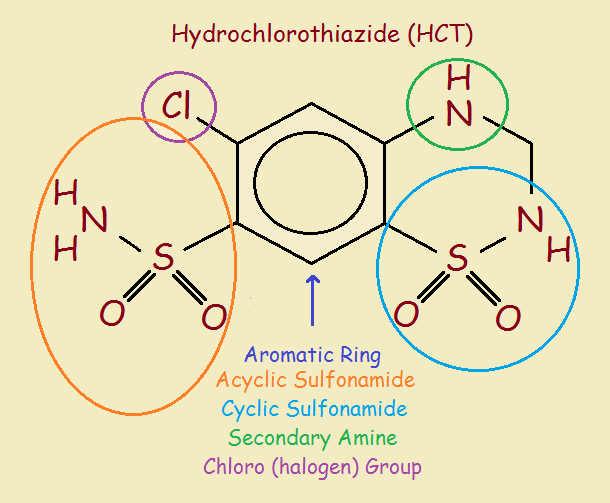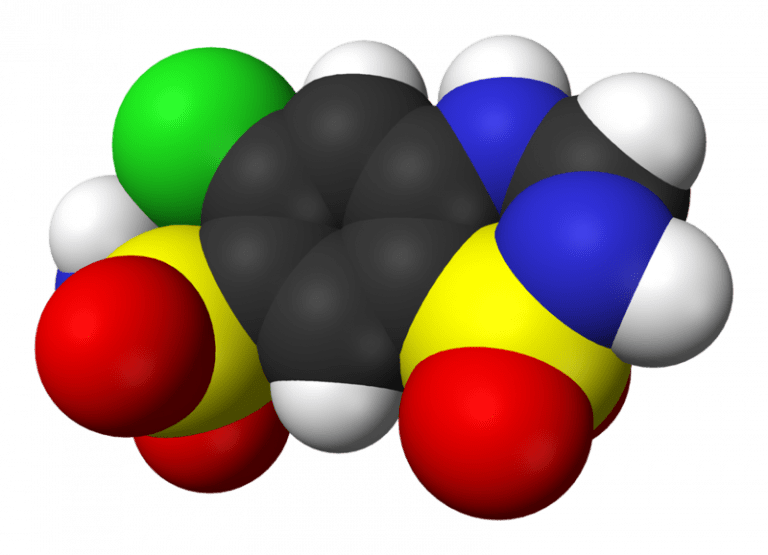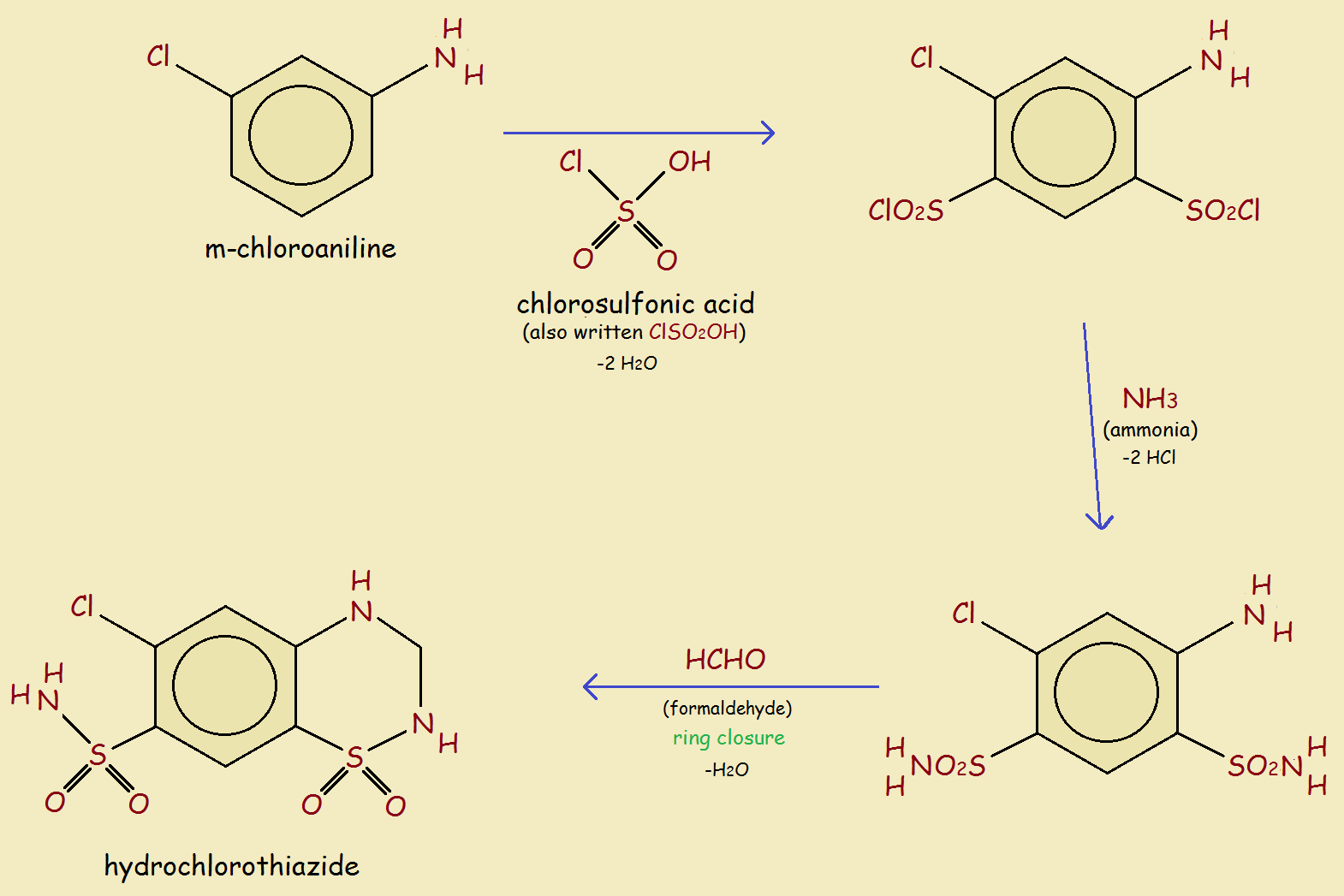 Many think that “New is better.” In technology, such thinking often proves true. But is it always the case?
Many think that “New is better.” In technology, such thinking often proves true. But is it always the case?
No. Consider pharmacology. New drugs promise improved health, a better quality of life. Yet negative side effects, some not having had sufficient time to surface, may discourage a medication’s use, perhaps even warranting its removal from pharmacy shelves.
In the United States, one of the most common health issues is hypertension – high blood pressure. So it’s no surprise many medicines have been formulated to fight this condition.
Although many new drugs are now available, hydrochlorothiazide (HCTZ) remains a “first choice” for the treatment of hypertension.1 Why so?
Few medicines have such a generally excellent track record. HCTZ (or for short, HCT) has few side-effects.2 Hydrochlorothiazide is inexpensive; perhaps it is this last feature that makes the medication so attractive.3
About Hydrochlorothiazide
HCTZ belongs to the thiazide class of diuretics (drugs formulated to decrease excess body fluid). It became commercially available in the late 1950s. Synthesizing HCTZ is not a complex process, which contributes to its low cost.
Functional Groups
Within just the one HCTZ molecule, we find several functional groups that contribute to its medicinal properties. Those functional groups4 include,
A 6-carbon aromatic ring
A halide group
A secondary amino group
An acyclic sulfonamide group
A cyclic sulfonamide group

Multiple functional groups allow multiple interactions, sometimes involving more than one molecule. Even the 3D shape of an organic molecule can play an important role in a biological organism. Reflect on the unusual shape and behavior of the DNA molecule.
In connection with hydrochlorothiazide’s molecular shape and size, see the Center for Biomolecular Modeling reference for details.
Mechanism of Diuresis
When a person initially begins treatment with HCTZ, the drug may increase diuresis – fluid output through the kidneys. Although this is familiar behavior, the mechanism(s) by which this occurs is still not clear. This initial mechanism is not believed to be the predominant one after initial use. It is currently thought that some form of vasodilation – the relaxing of muscles which tighten the blood vessels – plays a major role, minimizing circulatory friction and thus reducing pressure.

Common HCTZ Health Issues
There are issues with every medication, no matter how useful it is. Hydrochlorothiazide is no exception. In fact, two issues in particular come to mind whenever HCTZ is mentioned. They are hypokalemia and hyperglycemia (mentioned earlier). Don’t you love those names? They sound serious! And, they are, though they can be treated.
The Latin for potassium is kalium. And hypo means “low”. Low potassium. Leave it to scientists to take a foreign language and make a 50-cent word for a simple concept. Now interestingly, when the body’s potassium is low, a sequence of other biological events counter safety features which limit sugar levels in the blood.
As a result, sugar levels become excessive. And, what do the scientists choose to name this? Combining Latin with Greek, they named it hyperglycemia. And, yes, Latin hyper means high or over. Greek glycemia combines glykys or sweet with haima, blood. Oversweet blood.
So hypokalemia and hyperglycemia are not actually two separate, completely independent conditions, but are closely linked. And the two are one…
Of course, when it comes to medications, there is the issue of allergy. Rarely is an individual identified as allergic to HCTZ. In fact, some have questioned the legitimacy of such claims. Although hydrochlorothiazide has few known issues, it is vital to take note of these; the responsible physician will want to make sure they pose no problem for his or her patient.
And In Conclusion
It is often true an individual is biased by what involves him, personally. Well, the author has begun a regimen that includes a small daily dose of hydrochlorothiazide. It was because he was given a choice: lose weight or take one pill each day. Cause? A blood pressure of approximately 150/80.
Simply losing the weight would have been great. But being a realist, he chose the pill, and as a result, feels much better. His physician instituted regular potassium-level testing.
Yes, frequently, ‘new’ is synonymous with ‘better.’ At other times, as in the case of aged beef and vintage wine, a little older is better. The latter seems to be true for the old and familiar medication hydrochlorothiazide. At least it is so in this time-worn old chemist’s biased opinion.
1 Not all agree in this matter. See Why are we still using hydrochlorothiazide? cited in the references section.
2 One notable, if only occasionally problematic side effect is the lowering of potassium levels, which if not controlled may result in elevated blood sugar (hyperglycemia) and the diagnosis diabetes type 2, Especially if the patient also takes beta-blockers.
3 Research indicates there may be important new uses for HCTZ in the treatment of neurological disorders.
4 Functional groups are commonly seen, important chemical subgroups within any given molecule. Thus, a molecule of ethyl alcohol includes the very simple functional group, -OH; a primary amine -NH2; a carboxylic acid -COOH.
Note: You might also enjoy Thimerosal in Vaccines? What is It?
References:
- Wiley Online Publishing. Why are we still using hydrochlorothiazide?. (2011)
- Harvard Health Publishing. Harvard Medical School: Medications for treating hypertension. (2009)
- Center for Biomolecular Modeling. Hydrochlorothiazide: A comprehensive review of the drug’s history, drug development, medicinal chemistry, adverse reactions, and current research
- National Center for Biotechnology Information. Mechanisms for blood pressure lowering and metabolic effects of thiazide and thiazide-like diuretics. (2010)
← Back to Food and Health
← Home

It is always best to be realistic. I have managed to lose weight at times but it is not easy.